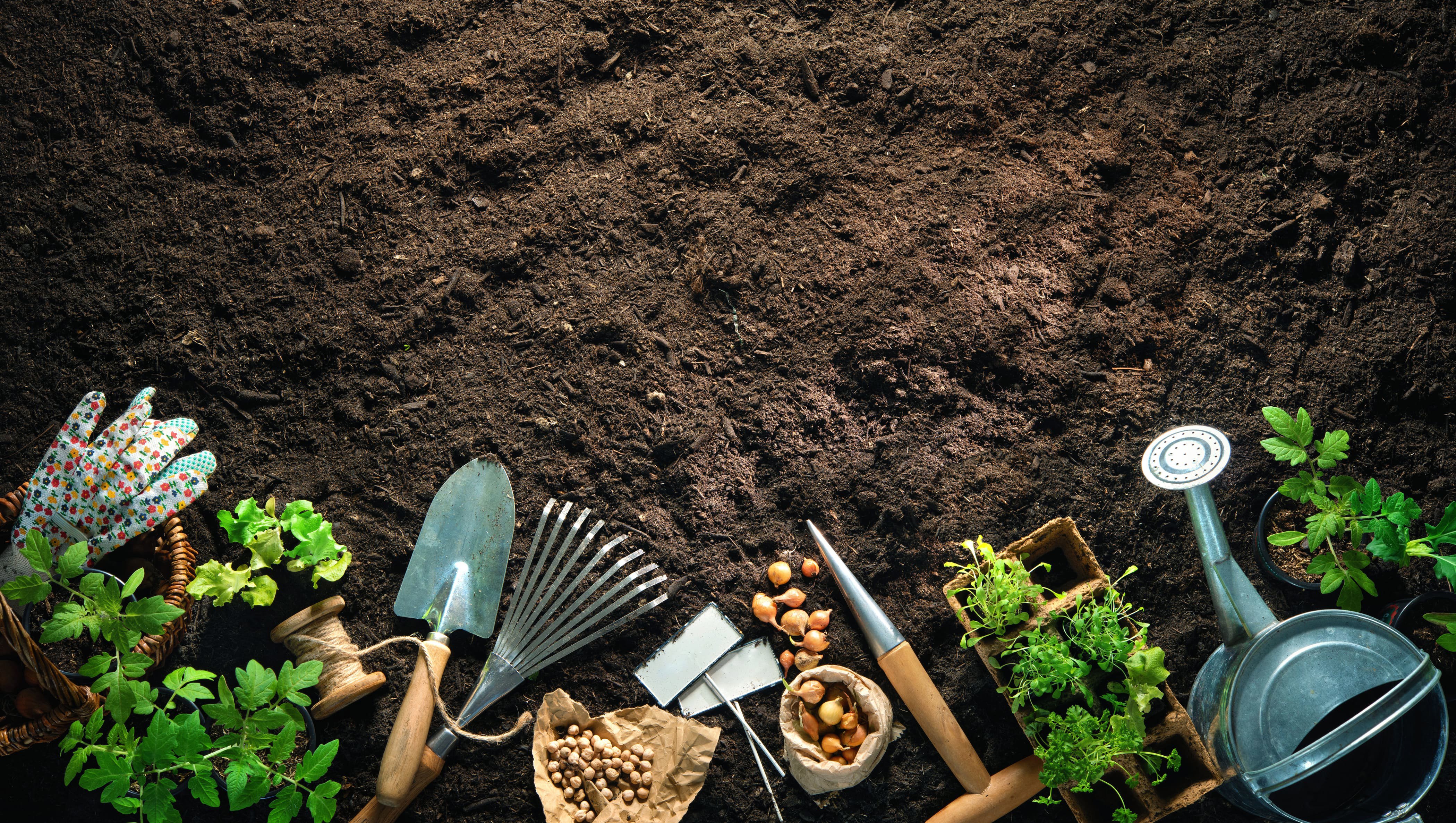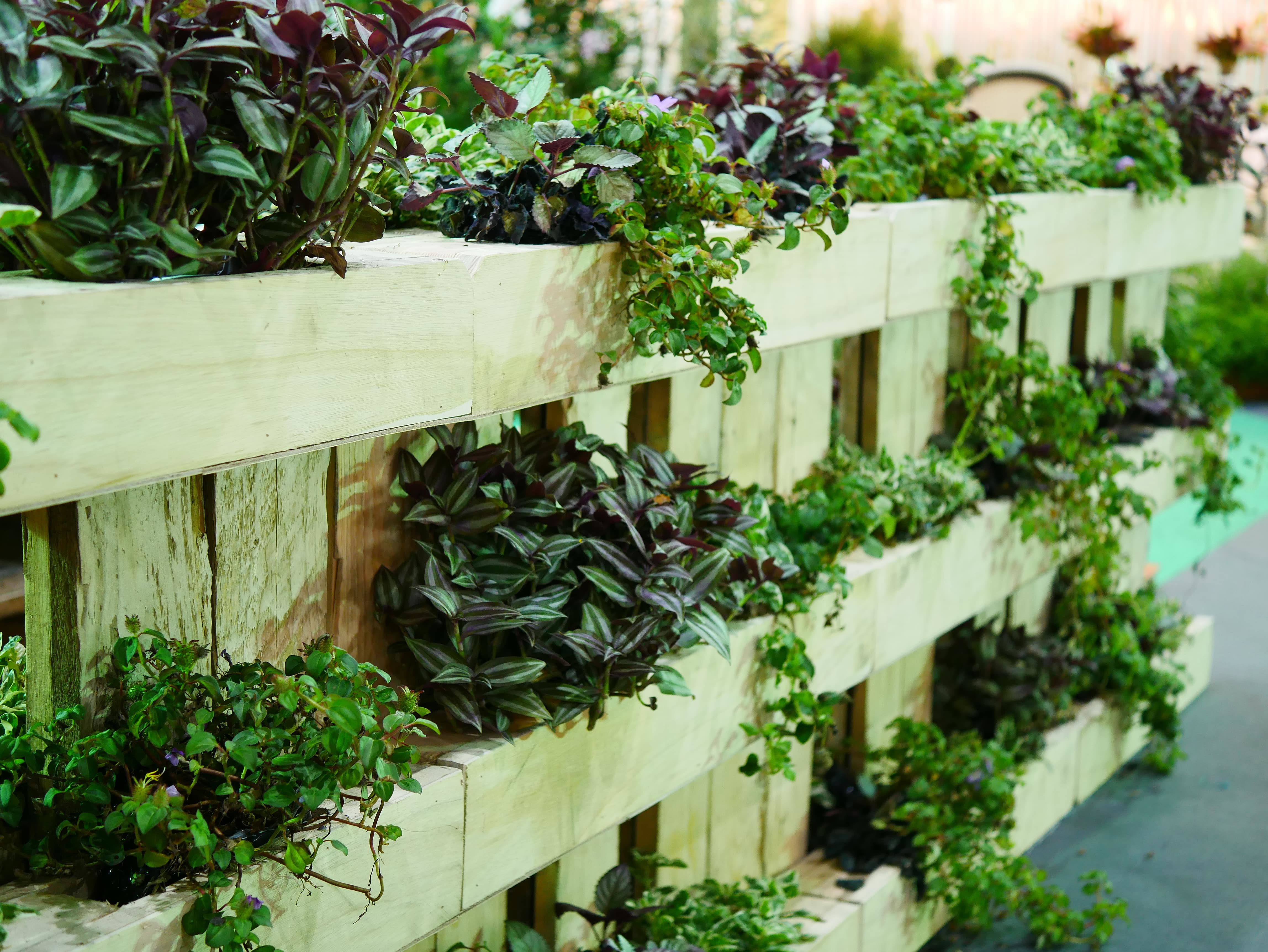
Nice and Easy: Grow Your Own
Summer is finally coming and it won’t be long until we can enjoy crunchy veggies and juicy fruits direct from the garden. If you feel you’d like to enjoy fresh food and combat the cost of living crisis, we’ve got some tips on how you can grow your own.
Don’t worry if you haven’t got an enormous garden or a whole lot of time to spare. With our tips you’ll be able to grow your own food in a small space with the minimum of effort.
What Equipment Do You Need To Grow Your Own Food?
Growing your own food requires three things, growing medium, a container (or a garden) and either seeds or plants. You may also need plant supports, depending on what you choose to grow, but part of the joy of gardening is learning how to make do with what you already have.
There is a vast array of gardening tools available to buy but don’t think you need one of each. If you are container gardening, a hand trowel and a watering can are all you need. For larger spaces you might like a garden fork too - especially if you need to clear a space for your edible plants.

Where To Grow Your Own
Let’s think about where you will grow your fruit and veg. But before you decide, remember that The where and the what are very closely interlinked. Different plants have different requirements for sunshine, shade, water and space.
You could grow edible plants on an outside balcony, on your windowsill, in a greenhouse, on the patio, or in a dedicated part of your garden. You can even grow vegetables or fruits as ornamental plants, popping them in-between the plants and shrubs in your borders.
So start by assessing the space you have, and then consider whether it can be adapted to growing the plants you’d like to eat. A greenhouse or a poly tunnel if you have room for one, will extend the length of your growing season and allow you to grow crops that are generally less frost resistant.
If in doubt about where to grow your own vegetables, arrange a consultation with an APL Garden Designer or Landscaper who will be able to advise you on how to make the most of the space you have.
Choosing Containers
The beauty of opting to grow your own in containers is that you can easily manage the soil type. Take blueberries for example. Delicious little fruits that grow in abundance on relatively neat bushes. Blueberry bushes are very fussy about growing medium. They don’t thrive at all in an alkaline soil and are not too keen on neutral pH growing medium either. But fill a pot with ericaceous soil and plant a blueberry bush in it and you’ll be picking and eating fresh fruit throughout the month of June.
Don’t feel that the containers you choose need to be costly. Drilling drainage holes in the bottom of a bucket will give you a perfect sized pot to grow carrots. Little Gem type lettuce grow beautifully in recycled yoghurt pots or in modified milk cartons (just cut off the top). If you have space on your balcony or patio, you can grow potatoes in old compost bags. Or why not head down to your local charity shop and see what you can find? Remember though, that growing pots do need to have drainage holes in the bottom otherwise your veggies will drown.
Edible Walls
If you are short of space, consider building a green wall using edible plants. There are lots of options to choose from but the simplest of all is attaching lengths of guttering horizontally along a fence line. This arrangement is ideal for growing strawberry plants, salad leaves or even dwarf French beans.
Borlotti beans, vine tomatoes, outdoor cucumbers and those deliciously crunchy cucumelons are climbing plants that take up very little space on the ground. Attach wires to your wall or your fence and train them upwards. Not only will they feed you, they will help you to feel as though you are being immersed in nature.
For anybody who wants to grow a wide variety of food crops, it’s worth considering investing in a beautifully designed and made kitchen garden. With carefully laid out raised beds you can experiment with different types of edibles from sweetcorn to squashes, beetroot to berries. The square foot growing system is well worth investigating. It’s a great way to ensure you have a good variety of flavours but not too many gluts of one particular crop.

Where To Buy Edible Plants
As well as fruit bushes and herbs, most garden centres carry stocks of young vegetable plants in early to mid spring. These little plants are off to a good start in life and just need to be given more space for their roots. The beauty of starter plants is that you only need to buy and nurture as many as you will eat. When you start plants from seed, you often end up with far more than you can use. That’s great if you can freeze or preserve them, but quite honestly, not many of us can get through 200 cauliflowers in a year!
If you can resist the temptation to sow the whole packet in one go, growing from seed does have its advantages. There are far more varieties to choose from and you do get good value for money. Plus, there’s a real sense of accomplishment to be had from putting a tiny seed in the ground and watching it develop into a meal for four people. Do be sure to take note of the sowing times on the packet.
Growing your plants
Don’t be put off by gardening books or TV programs who make you think that it’s complicated to grow your own. Yes, you will learn lots as you go along. But basically, all you need to do is keep your plants watered, give them an occasional feed and pick off any pests as soon as you spot them. Don’t overthink it.
Successional Sowing
Sowing all of your carrots at once will mean that they’ll all be ready at once. It’s far better to plant a few seeds at a time and repeat the process every two to three weeks. That way you have fresh, tender carrots all through the summer and well into autumn. Successional sowing isn’t suitable for all edible plants. But reading the back of the seed packet will help you to judge what will and will not work for you.
Cooking and Preserving
One difference between home grown food and supermarket veggies is the shelf life. The fresh food you buy from the shops has likely been picked before it was ripe, ripened en-route from whatever country it was sourced from, and then kept in carefully controlled conditions to stop it going off. When it’s picked from the garden, the shelf life will be shorter but the flavour will be greatly enhanced.
If your successional sowing hasn’t quite worked out and you do have a massive glut of one type of fruit or vegetable. Take a leaf out of our ancestors’ book and preserve the excess to eat another day.
Learning how to freeze, bottle, dry and preserve home grown food is a rewarding and satisfying hobby. Imagine eating toast spread with jam made from your own strawberries, Yum!

Making A Place To Grow Your Own
Designing and building a beautiful kitchen garden could be the beginning of a healthier and more sustainable lifestyle for you. Start by contacting a Garden Designer member of the APL for expert advice on features, layouts, landscaping materials and soil types.
If you are concerned that you don’t have the time to get the best results from your kitchen garden, APL Professional Gardeners are able to support you with regular visits for weeding, planting, pruning and more.
Image Credits: APL Award Winners LG Landscapes Limited
Useful links
Home made compost or mulch are a great asset to any edible garden. Click here to find out how to make your own garden mulch.
